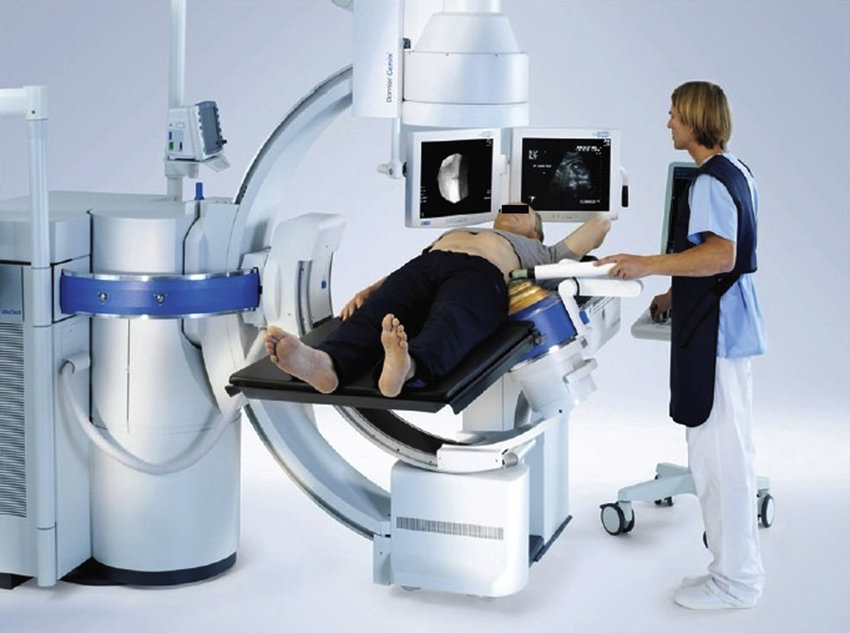Kidney stones, also known as renal calculi, can be a painful and debilitating condition. If left untreated, they can cause serious complications such as kidney damage and infection. Fortunately, there are several treatment options available for kidney stones, including ureteroscopy and extracorporeal shock wave lithotripsy (ESWL).
Breaking stones: Which method rocks?
Kidney stones can be a real pain—literally. And when it comes to kidney stone removal, there are a few methods available. One popular option is ureteroscopy, which involves using a small scope to remove the stone from the ureter. The other option is ESWL, or extracorporeal shock wave lithotripsy, which uses energy waves to disintegratethe stone. But which method rocks? Well, it depends on the size and location of the kidney stone, as well as the patient’s overall health and medical history.
Pain-free pee: Choose wisely
One key factor is to choose your kidney stone removal method wisely. Ureteroscopy, for example, is a minimally invasive procedure that involves passing a small scope through the urethra and bladder to remove the stone. This method allows for a quicker recovery time and less pain during urination afterwards. By being prepared and informed, you can approach your kidney stone removal ureteroscopy procedure with confidence and peace of mind.
ESWL vs Ureteroscopy: The showdown
When it comes to kidney stone removal, the two most popular options are ureteroscopy and extracorporeal shock wave lithotripsy (ESWL). But which one is better? It’s time for a showdown! In one corner, we have ESWL, the non-invasive option that uses energy waves to disintegratethe kidney stones so they can be passed naturally. In the other corner, we have ureteroscopy, the more invasive option that involves inserting a small camera through the urethra to locate and remove the stone.


